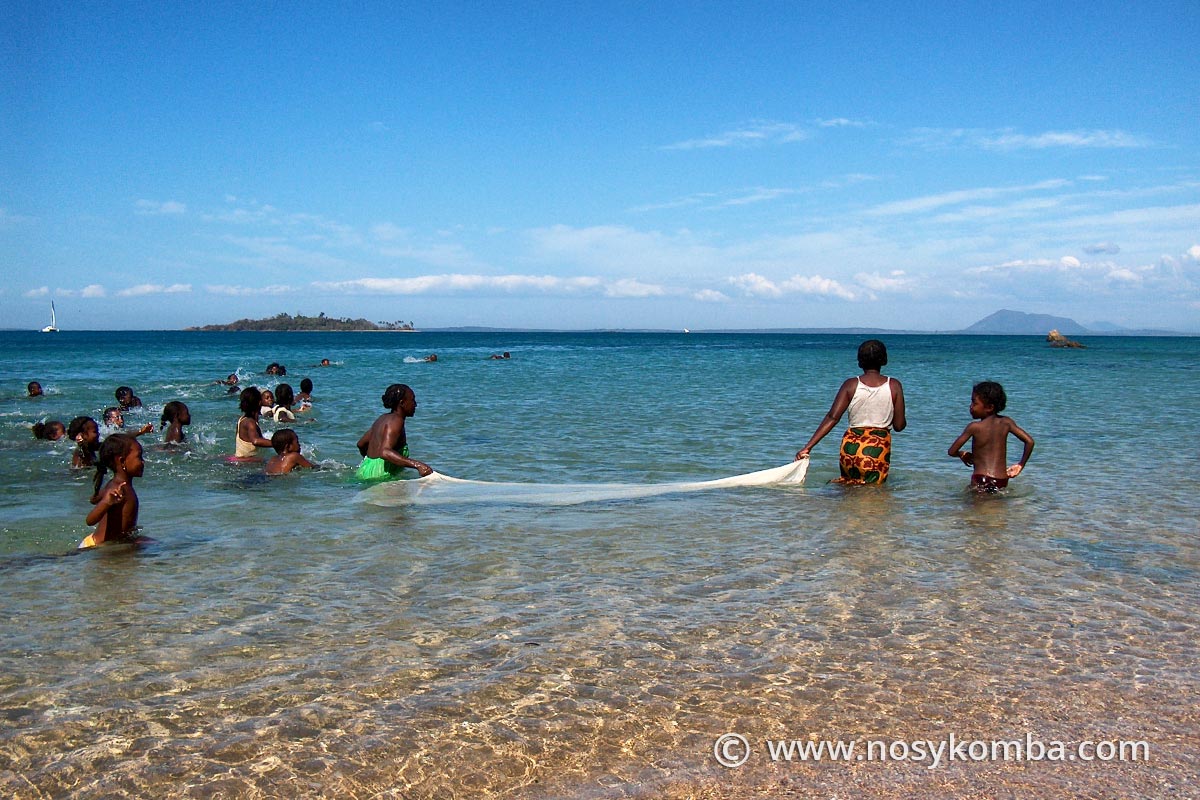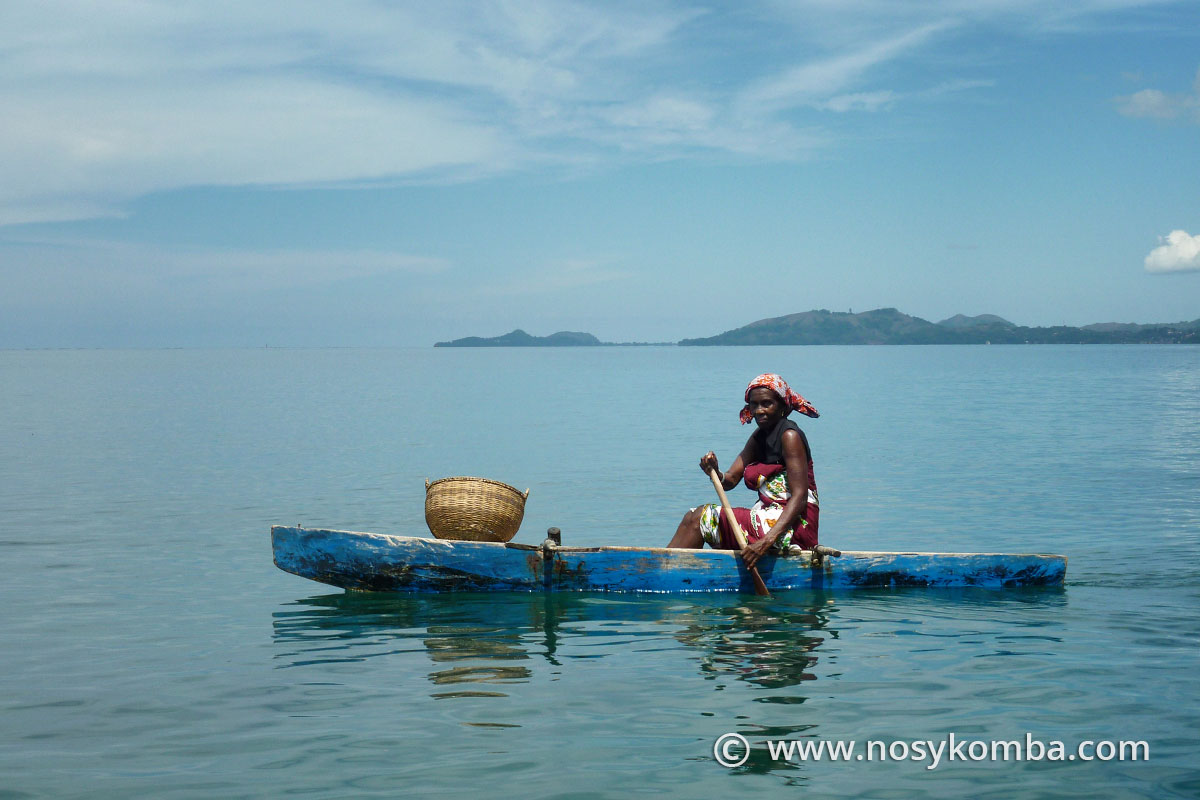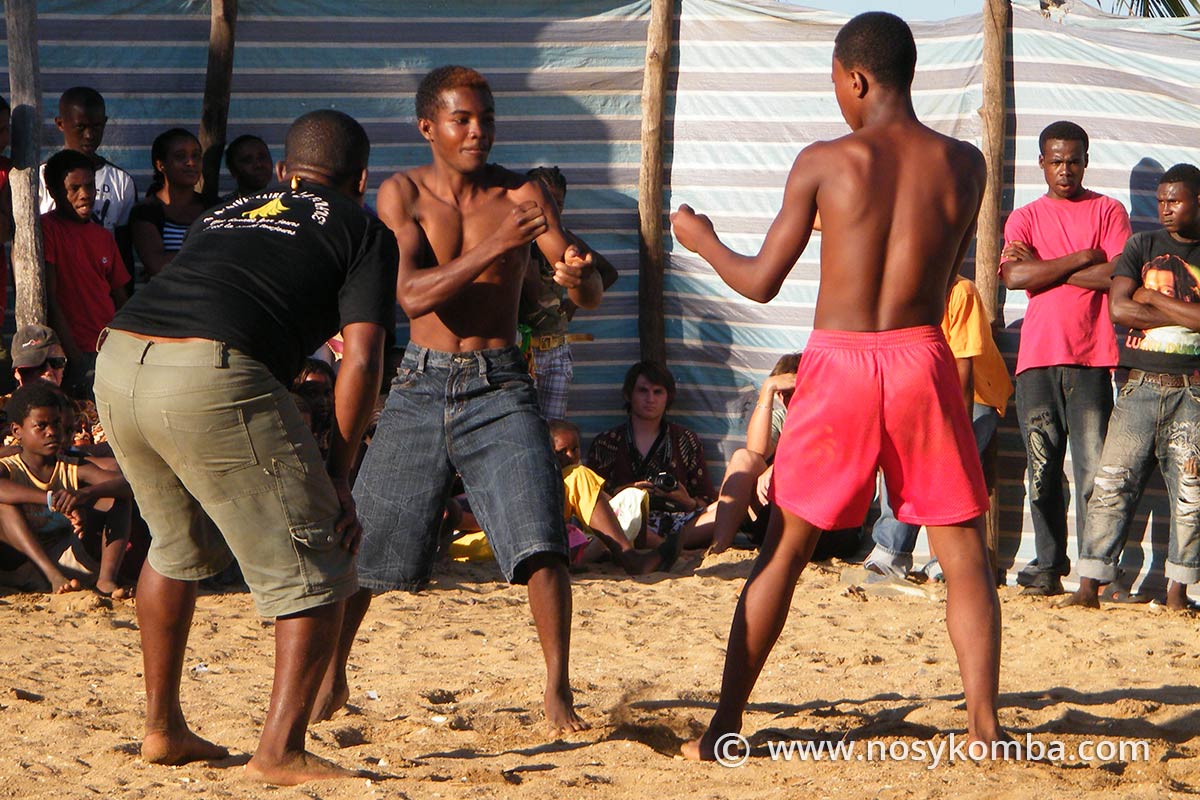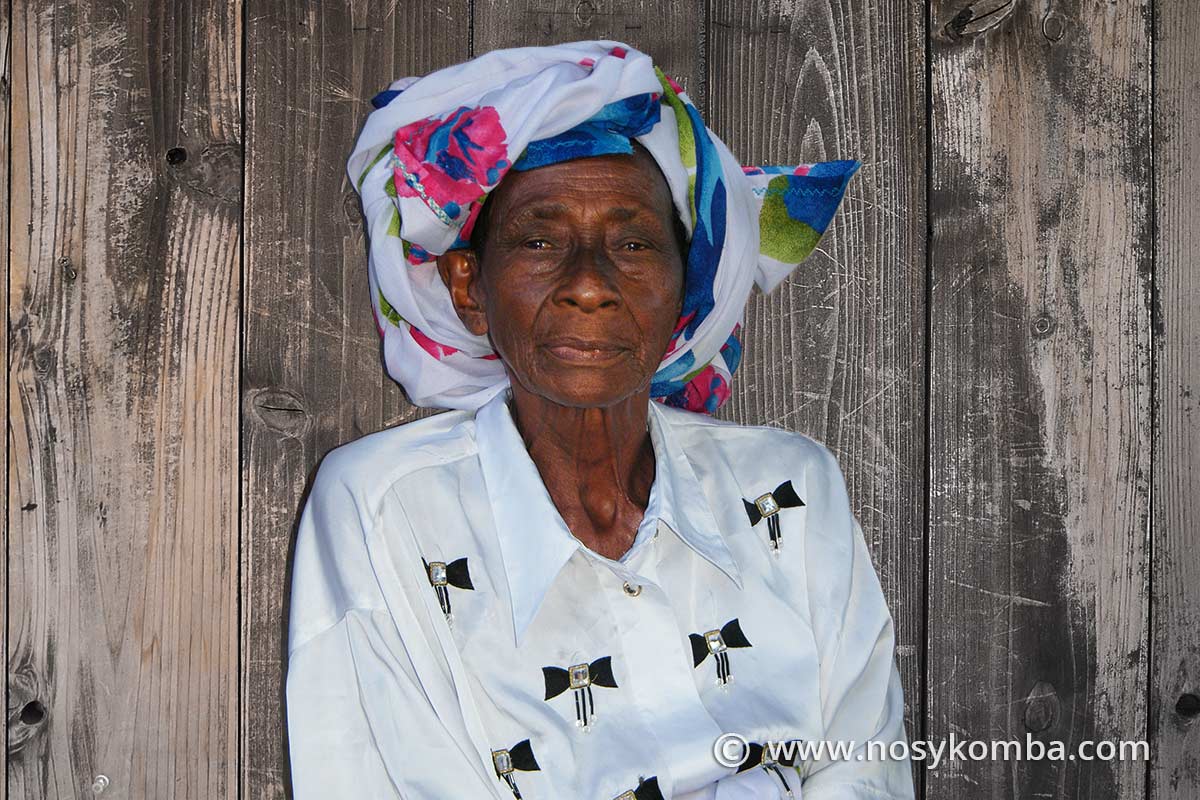From their earliest childhood, the inhabitants of Nosy Komba are initiated to fishing, with the older ones. Very early the small ones are embarked on the pirogues, accompanying fathers and mothers. They are very quickly familiarized with the marine world.
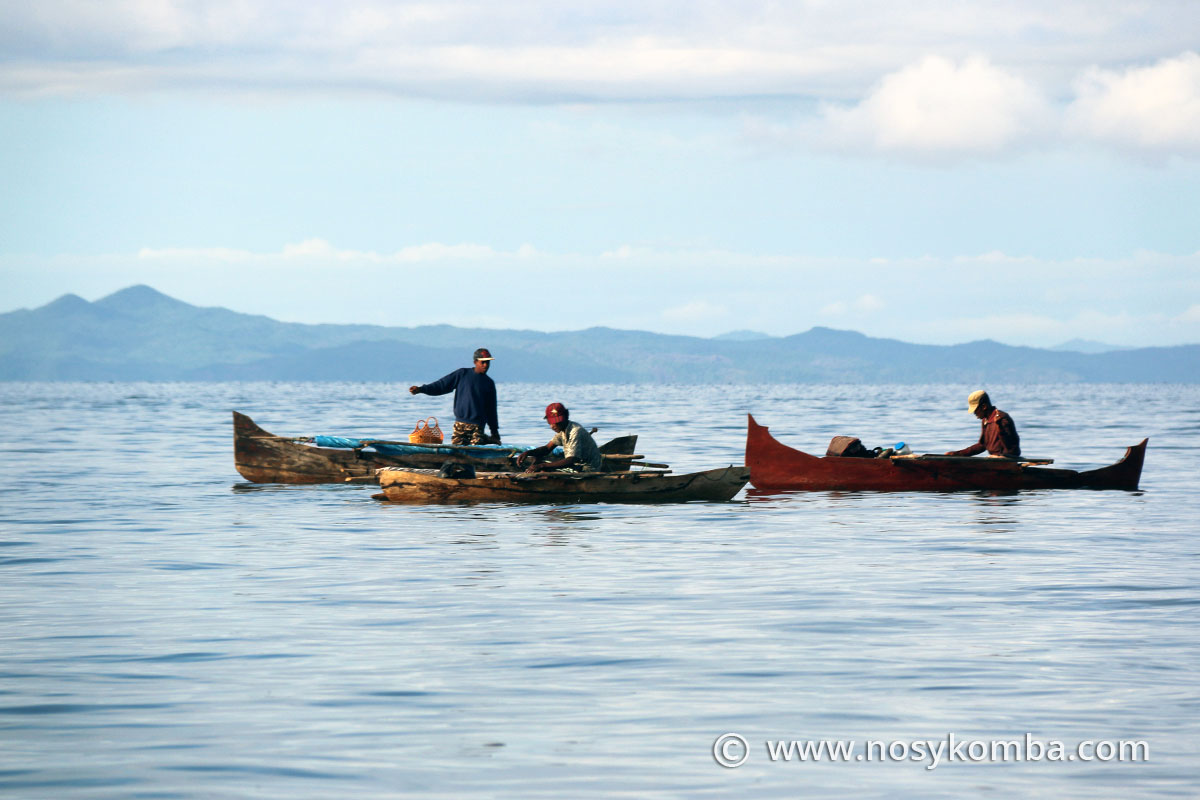
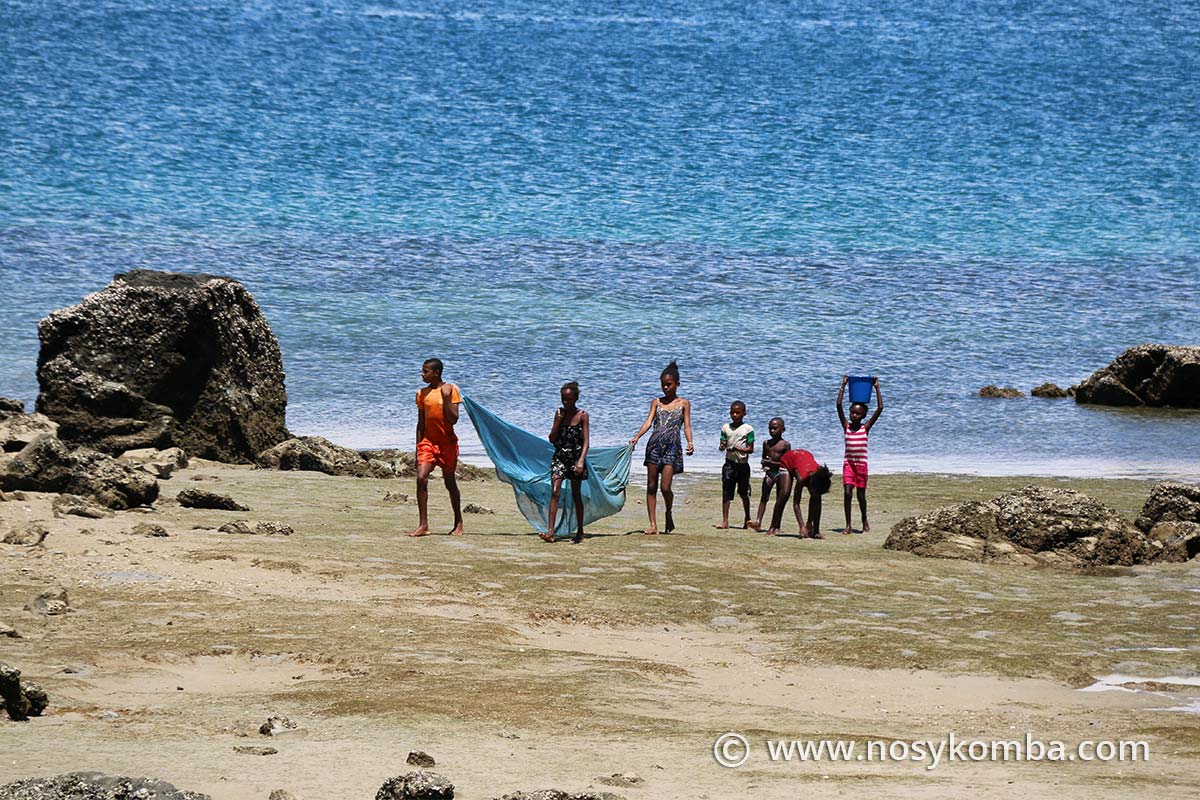
The girls catch the small fish at the water’s edge, using old mosquito nets. In small groups, they form a circle around the net, clap their hands on the water to direct the fish, and then close in to pull the school of small fish towards the centre of the net.
The boys, hoisted on a rock, practice with a nylon line and a hook, on the end of which is hung a small piece of fish flesh, to bait the fish.
The bigger ones, those who can navigate in a small pirogue, fish with creels. These large bamboo baskets, cylindrical in shape, in which bait is placed, are traps that are placed at the bottom of the shallow water, the time it takes for some fish or crustaceans that are too curious to be trapped.
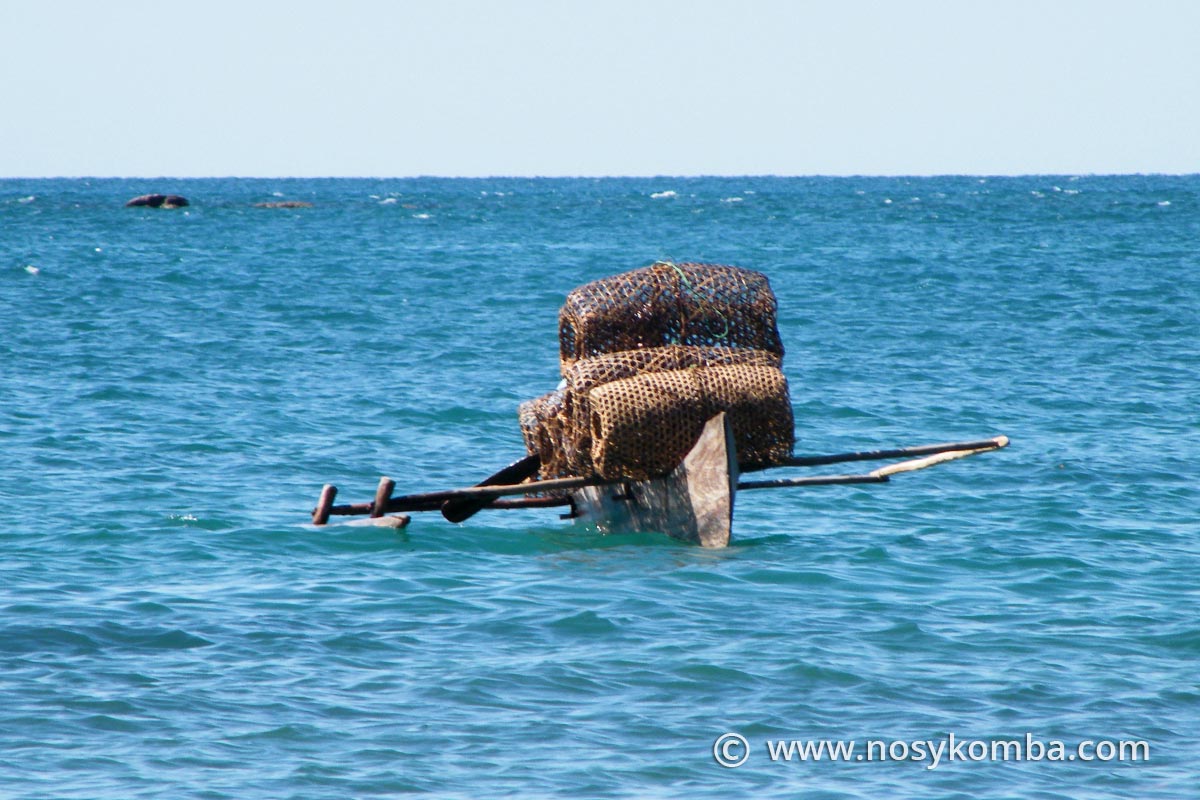
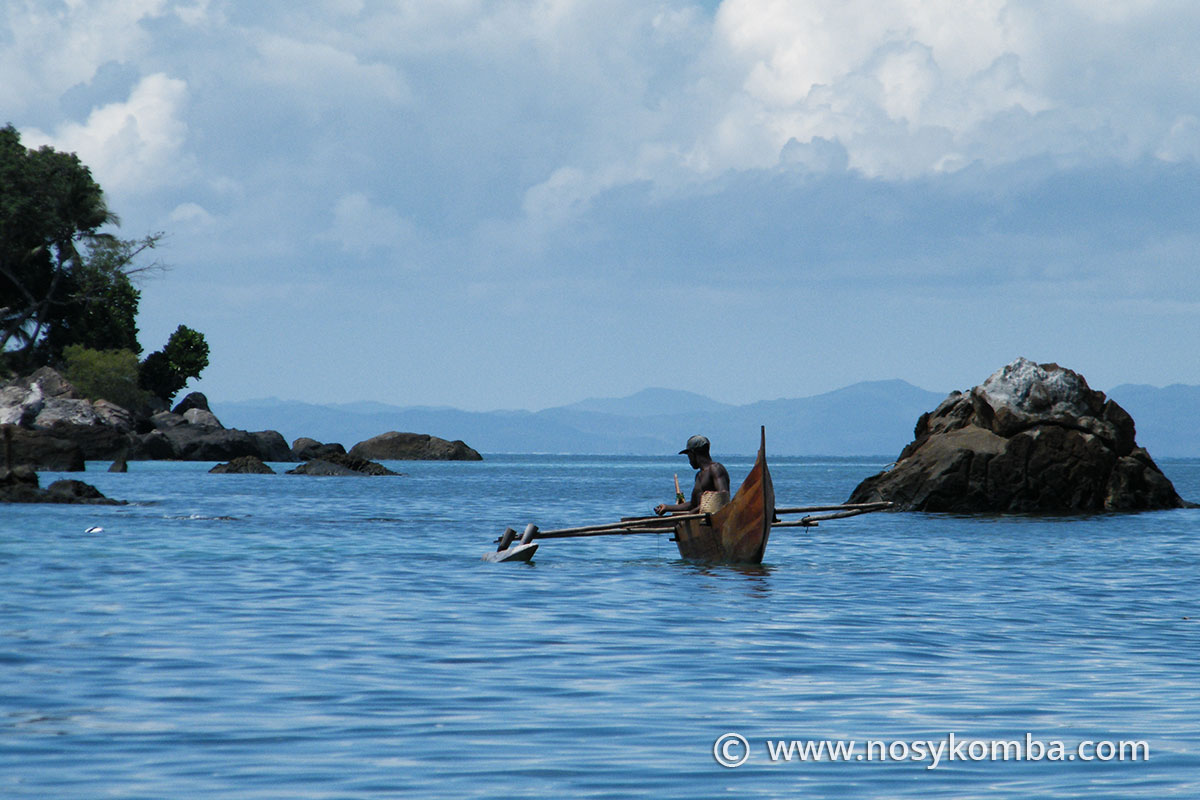
Adults go fishing by pirogue, often alone, or accompanied by their wives and children, or a friend. They fish with a line above the coral. It is a fishing technique called palangrotte. Many go fishing in the channel between Nosy Komba and Nosy Be, where the current favours the passage of schools of sardines, bonitos, and mackerels. Some fish with nets.
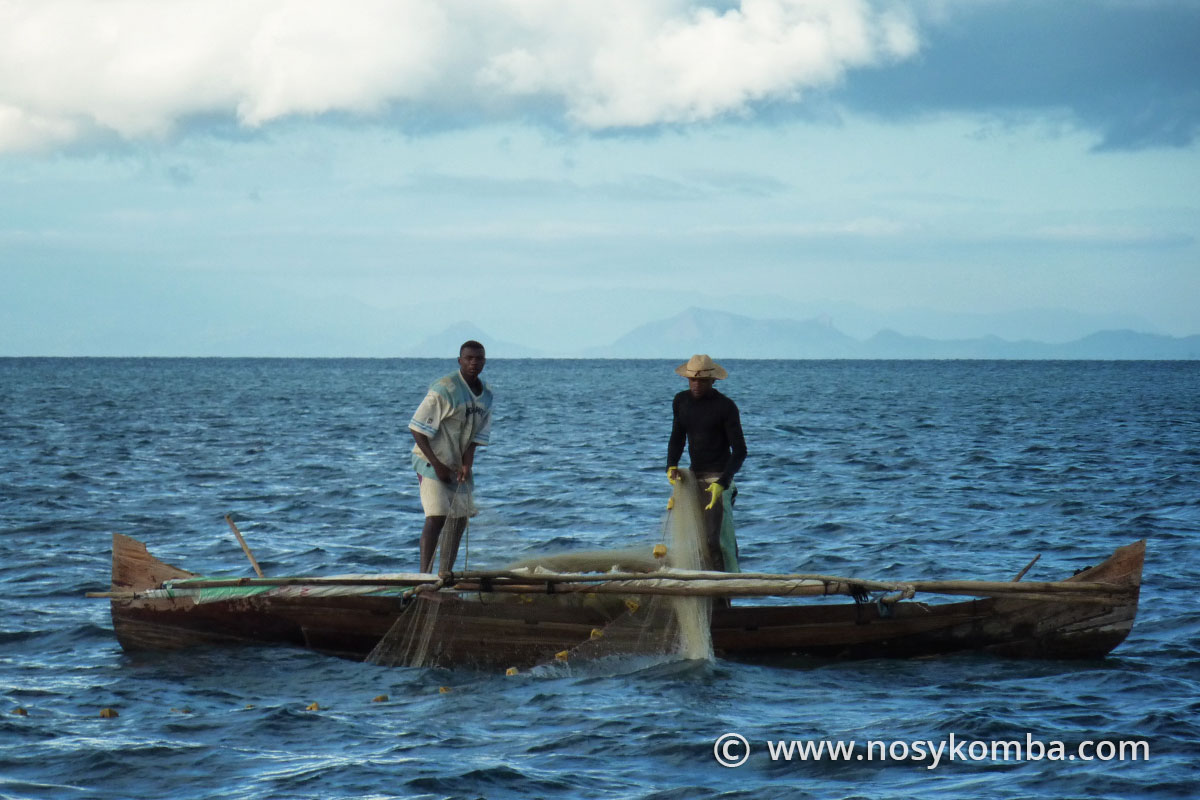
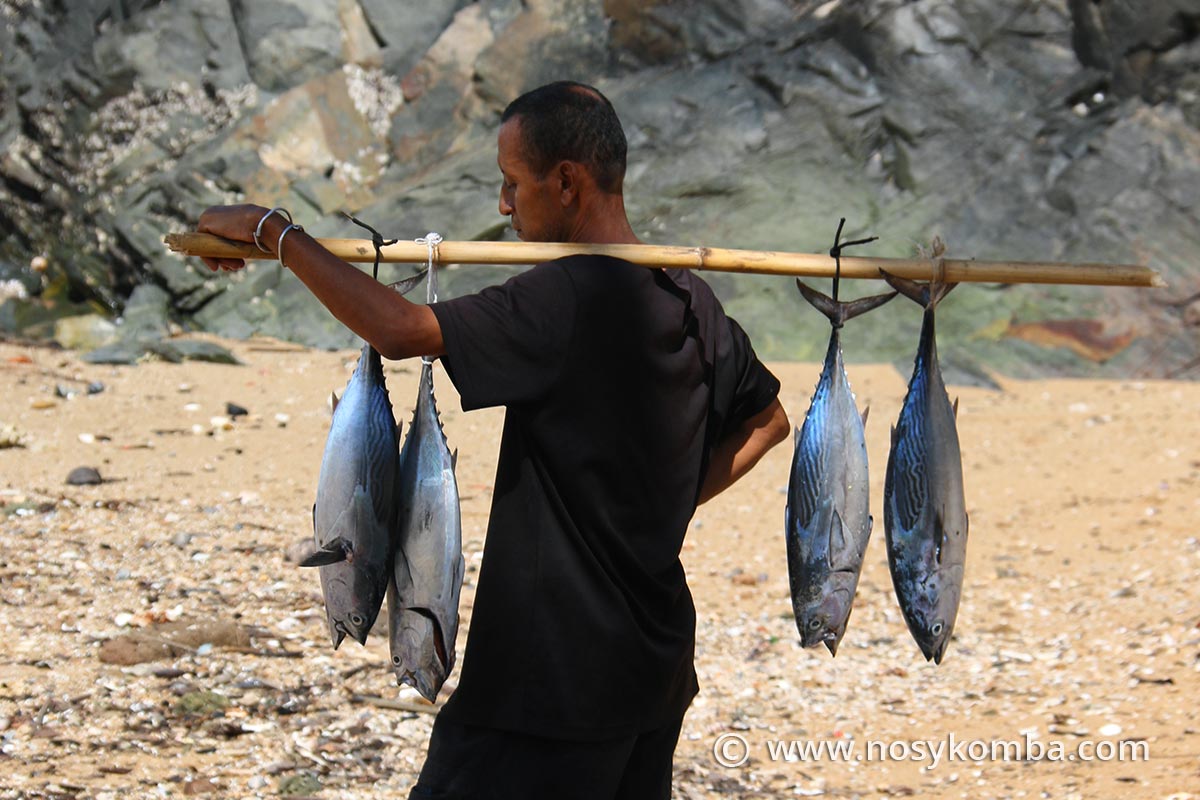
Among the fishermen, there are the underwater hunters. These solitary people, armed with a harpoon gun, dive every day, for several hours, to hunt for fish. They often specialize in spiny lobster fishing, but also pelagic fish, such as kingfish, trevally, or barracuda.

